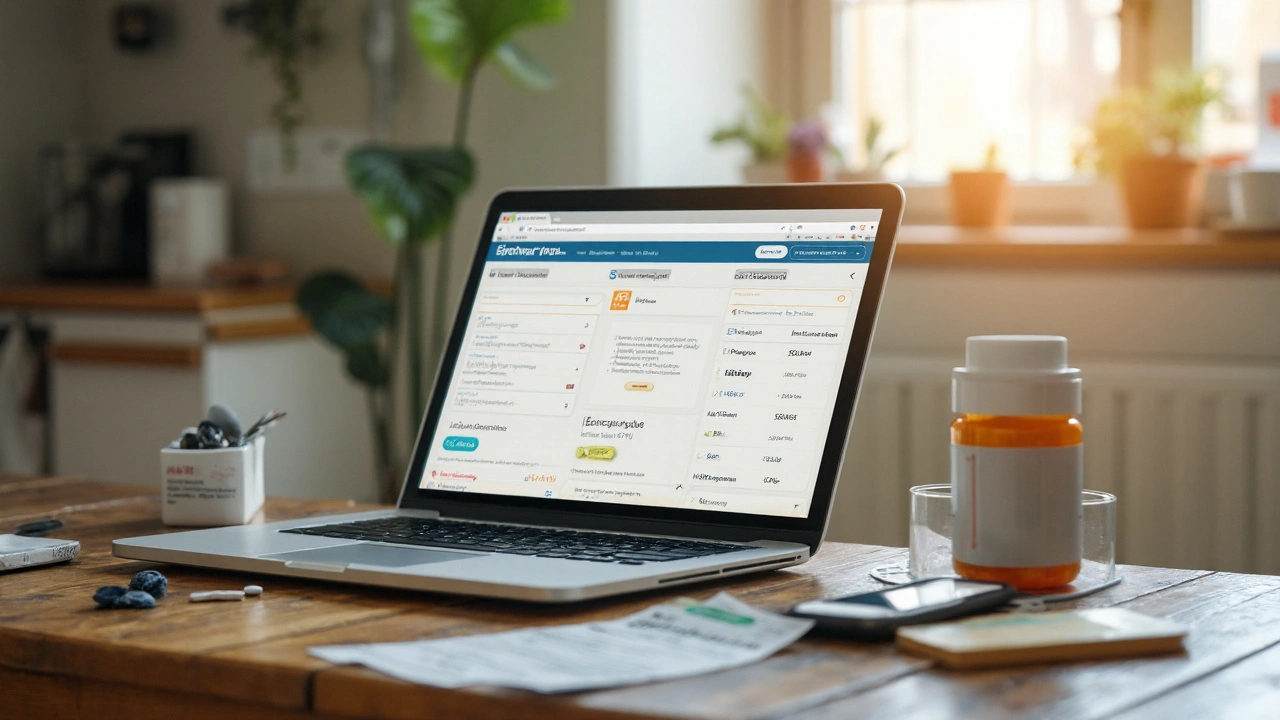PPI Guide: What They Are, When to Use Them, and How to Stay Safe
Ever wonder why your doctor prescribes a pill like omeprazole or lansoprazole? Those are PPIs – short for Proton Pump Inhibitors. They’re the go‑to meds for stomach acid problems, from heartburn to ulcer healing.
When a PPI Makes Sense
If you get that burning feeling after meals, have frequent indigestion, or your doctor diagnosed you with GERD, a PPI can give quick relief. They work by blocking the stomach’s acid‑making pump, which lowers acidity and lets damaged tissue heal.
Typical situations where doctors reach for a PPI include:
- Severe heartburn that doesn’t respond to antacids
- Confirmed esophagitis (inflamed throat lining)
- Stomach ulcers caused by NSAIDs or H. pylori infection
For short‑term use – usually 4‑8 weeks – PPIs are very effective and safe for most people.
Choosing the Right PPI and Using It Wisely
There are several brands on the market: omeprazole, esomeprazole, pantoprazole, rabeprazole, and lansoprazole. They all do the same job but differ in price, dosing frequency, and how they interact with other meds.
If you take blood thinners, be aware that some PPIs can increase bleeding risk. Talk to your pharmacist if you’re on warfarin or clopidogrel. Also, avoid taking a PPI right before bedtime unless instructed – most work best when taken 30 minutes before breakfast.
When you finish the prescribed course, don’t just stop cold. Tapering off slowly can prevent rebound acid production, which feels like your symptoms are back worse than before.
Potential Side Effects You Should Know
Short‑term side effects are usually mild: headache, nausea, or a bit of diarrhea. Long‑term use (over a year) has been linked to nutrient deficiencies – especially magnesium and B12 – and a slightly higher risk of bone fractures.
If you notice muscle cramps, tingling, or unexplained fatigue while on a PPI, get a blood test for magnesium levels. Also, keep an eye out for signs of infection like persistent stomach pain or vomiting, as reduced acid can let some bacteria thrive.
Practical Tips to Get the Most Out of Your PPI
1️⃣ Take it with water, not juice – acidity in drinks can interfere with absorption.
2️⃣ Stick to the same time each day; consistency helps maintain steady drug levels.
3️⃣ Combine with lifestyle changes: avoid big meals late at night, cut back on caffeine and alcohol, and raise your head while sleeping.
These steps boost relief and may let you lower the dose sooner.
When to Talk to Your Doctor
If symptoms persist after a full course, or if you need to use a PPI for more than three months, schedule a follow‑up. Your doctor might want to check for underlying issues like H. pylori infection or consider an alternative therapy.
Remember, PPIs are powerful tools but they work best when paired with smart habits and regular medical advice. Use them wisely, watch for side effects, and you’ll keep your stomach feeling calm without unnecessary risks.
- Emma Barnes
- 8
Buy Generic Nexium (Esomeprazole) Online Cheap - Safe, Legal, and Smart in 2025
Want cheap generic Nexium online? Here’s a 2025-safe buying guide: prices, legit pharmacies, Rx rules, ways to save, red flags, and when to talk to your doctor.
Read more
